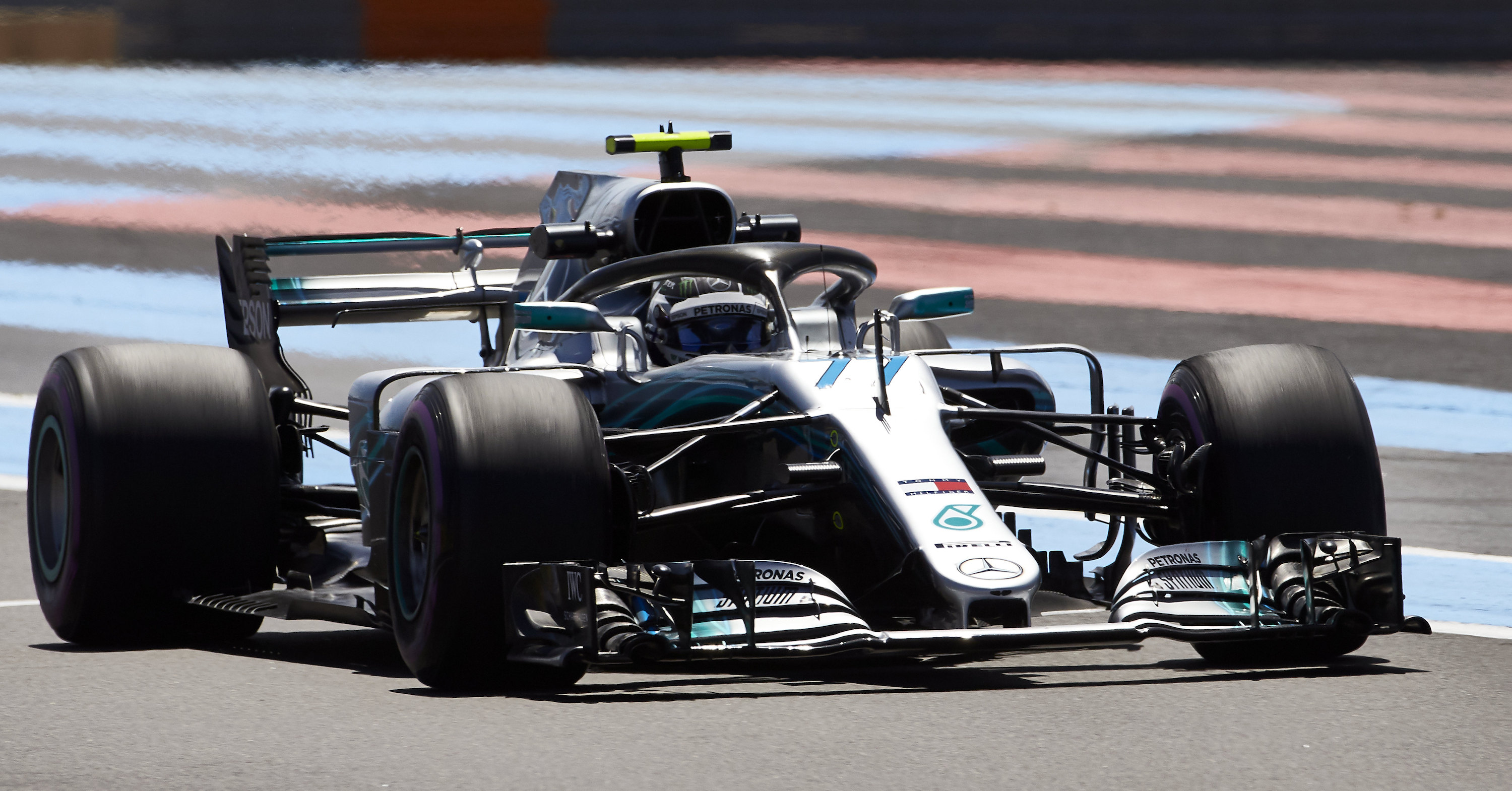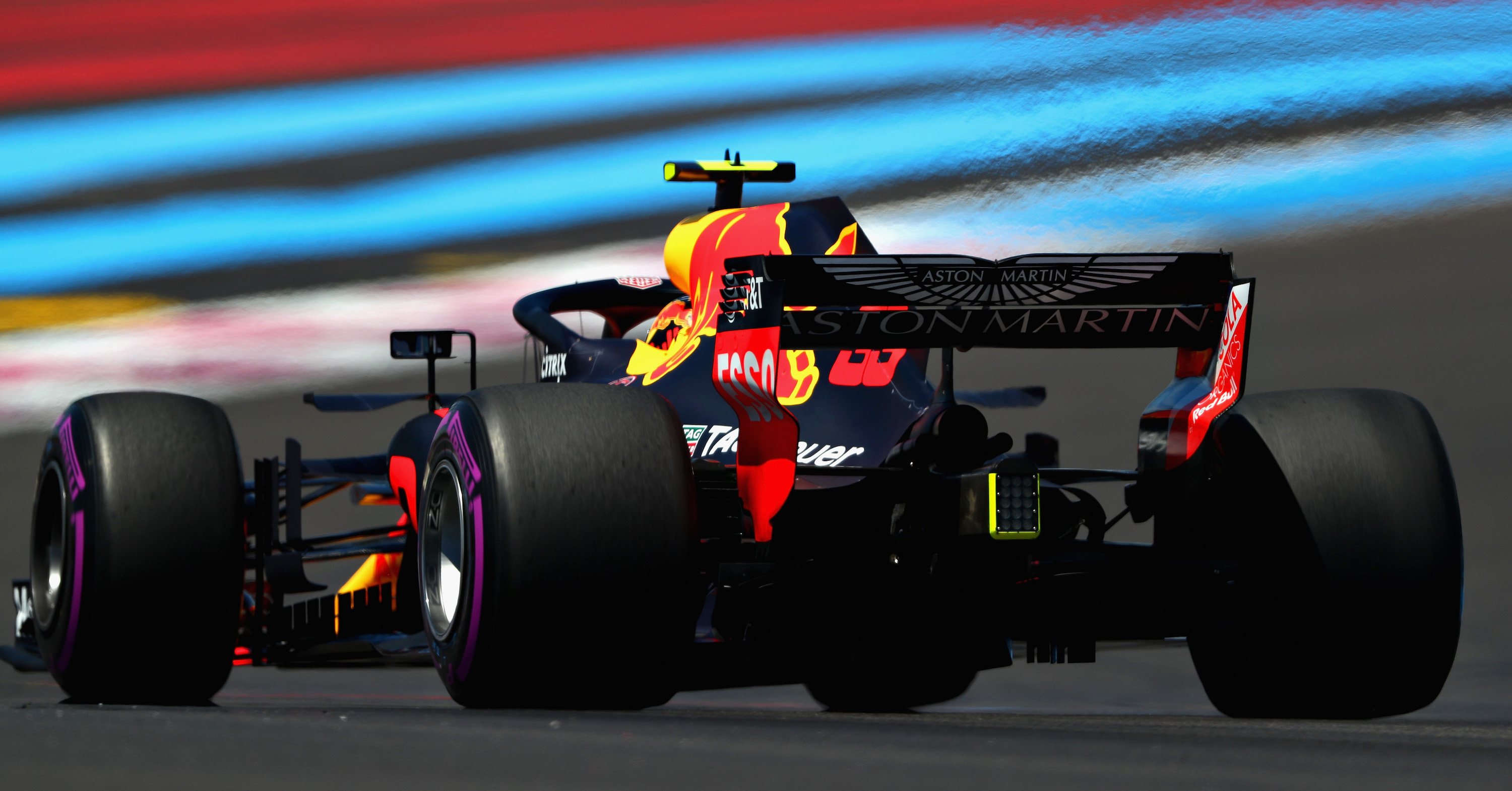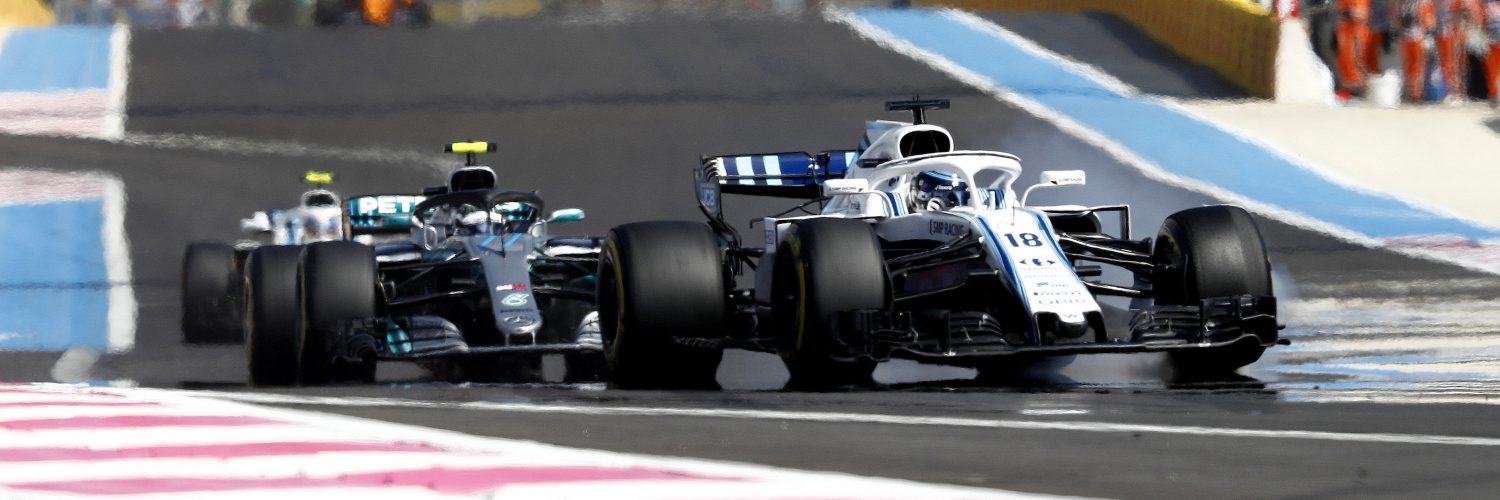Overtaking in Formula 1: it can be, well, a bit of a drag.
In recent decades, indeed, it has become fashionable to criticise F1 for technical regulations that produce cars so aerodynamically sensitive they can’t run comfortably near another. This sensitivity means it is very difficult for drivers to close up on a car ahead and make a pass. Turbulent ‘wake’ air from a car ahead upsets the airflow over the car behind, disrupting the performance of its wings, reducing the downforce they can produce and lessening the grip available to a driver.
So if he wants to try a pass by being fast through a corner onto a long straight, he’s stymied from doing so because he can’t follow closely enough through the corner to pick up a tow down the straight and attempt to pass.
The result of this can be races such as the recent Spanish Grand Prix, to take one example, where on-track passes are the exception rather than the norm. And when drivers can’t pass each other, they can’t race wheel-to-wheel, so the very essence of F1 competition is diminished.
Drag Reduction System
It was to address these criticisms that ‘DRS’ – the Drag Reduction System – was introduced in F1 for the 2011 season. In simple teams it’s a device that reduces the aerodynamic drag of the rear wing by ‘flattening’ one of the elements, thus increasing the car’s top speed.

Its introduction was hastened by the denouement of the 2010 season at the Abu Dhabi GP, where champion-elect Fernando Alonso found himself stuck, in a faster Ferrari, behind the Renault of Vitaly Petrov. He finished seventh as title outsider Seb Vettel won, to snatch the drivers’ championship. While none could knock Vettel’s achievement, the result confirmed a mood that ‘something had to be done’ about overtaking.
The result of off-season technical discussions was DRS, introduced with the intention of creating ‘contested braking zones’. It was never intended simply to allow a driver behind to pass a driver ahead; it was intended to create enough of a temporary speed advantage to allow the driver behind to pull alongside the driver ahead and then fight out the position under braking.
DRS was in some ways a radical innovation for F1 as the sport’s technical regulations have for many seasons banned so-called ‘moveable aerodynamic devices’ – ie the performance-enhancing wings and bodywork so familiar since the 1960s must be fixed and not capable of changing shape either automatically, at the driver’s command, or by ‘deforming’ under aerodynamic load.
DRS is different: it’s explicitly ‘moveable’ and it operates at the driver’s prompt. Much like an aileron on an aircraft wing, it can be ‘flat’ or load-inducing, as required.

When DRS is ‘open’ it’s easily spotted’: the top element of the rear wing is ‘flattened’ by a hydraulic actuator, creating a distinct gap between upper and lower wing elements. Air now has a clear path through this gap and the reduction in drag can be as much as 30 percent, giving a top-speed increase of around 8-10mph – enough of an advantage to allow a car behind to attempt a pass. It’s then up to a driver’s skill to get ahead successfully, of course, but DRS should have helped him get that opportunity. As soon as he touches the brakes, the wing flap automatically returns to its ‘closed’ position, giving maximum downforce and grip under braking.
The mechanics of DRS typically rely on hydraulic or electro-mechanical ‘actuators’ that operate screw-drives which ‘push’ and ‘pull’ the wing-flap ‘open’ and ‘closed’. In principle, they operate in the same way as a jack raising a car for a kerb-side wheel-change. The F1 devices, however, are tiny, blink-of-an-eye fast and positioned within the rear wing to create minimal aerodynamic interference.
The use of DRS in racing is strictly prescribed by F1’s sporting regulations. For a start, it will only function in the so-called ‘DRS zones’ on any given track. There will be two or three of these on a circuit and they are marked by an electronic ‘trigger’. When a car passes this, and if it is within a second of a car ahead, the driver receives a prompt on his multi-function steering wheel that DRS is now ‘active’ – and he can push a button to open it.
It does not become active until lap three of the race, however, and it will only function if a driver is within one second of a car in front; so a driver in clean air, with no cars nearby, can’t simply blast down a straight with DRS open recording record top speeds! That’s not the case during practice and qualifying, however, when DRS use is free.
DRS can be turned off at the discretion of the F1 race director if the weather is bad or if there are yellow ‘warning’ flags in any DRS zone. And it’s also disabled for two laps following a Safety Car restart (though it’s available immediately after a Virtual Safety Car restart).
Its use in F1 has been described by critics as a ‘Band-Aid’ fix for technical regulations that don’t promote overtaking, but F1’s new owners Liberty have already indicated they are working on a more profound solution to this age-old problem.



